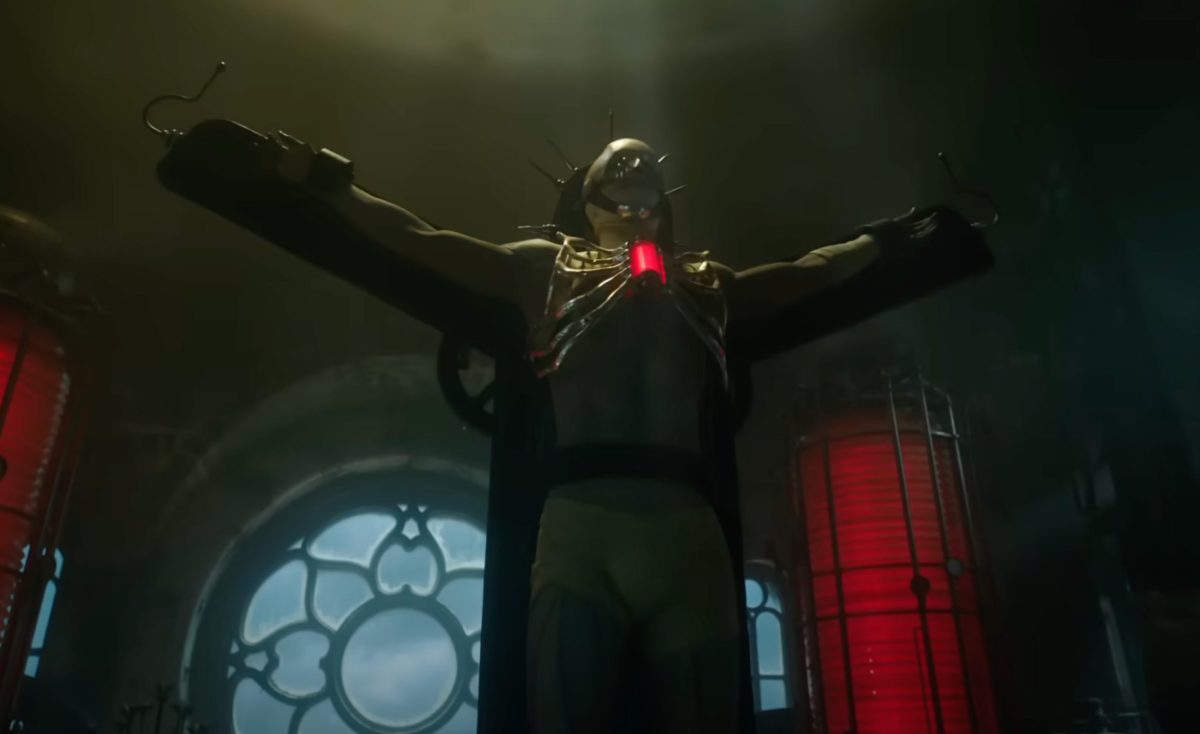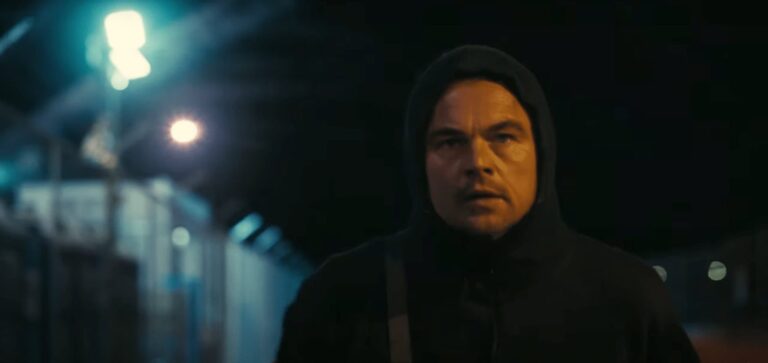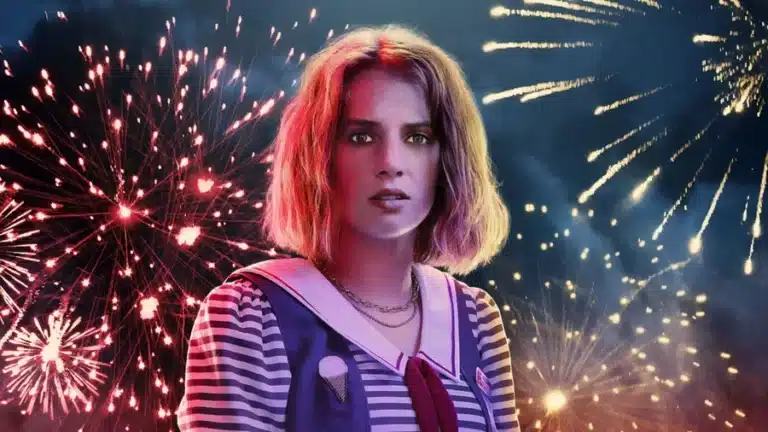Jacob Elordi Talks Playing “Shockingly Beautiful” Creature In New Frankenstein Movie
Guillermo del Toro has long been celebrated for his unique ability to find the humanity in monsters. From the conflicted heroes of Hellboy to the romantic amphibian man in The Shape of Water, his filmography is a testament to his deep empathy for the grotesque and the misunderstood. It comes as no surprise, then, that his long-awaited adaptation of Mary Shelley’s Frankenstein is one of the most anticipated cinematic events of the year. Stepping into the iconic role of the Creature is Jacob Elordi, who offers a glimpse into a portrayal that promises to be both terrifying and beautiful.
This article provides a detailed look as Jacob Elordi discusses playing Frankenstein in Guillermo del Toro’s adaptation. We will explore his perspective on the Creature’s unique design, the transformative makeup process that became a spiritual journey, and his collaboration with the visionary director to bring this iconic monster to life for a new generation.
Jacob Elordi on Frankenstein: A “Shockingly Beautiful” Creature
Mary Shelley’s original 1818 novel describes the Creature as a grotesque assembly of parts, an abhorrent figure that inspires immediate terror and disgust. While countless adaptations have leaned into this body-horror aspect, del Toro’s vision, brought to life by Elordi, appears to be charting a different course. Elordi reveals that this version of the Creature possesses an unexpected and haunting beauty, staying true to a nuanced element of Shelley’s text that is often overlooked.
“I couldn’t have asked for better make-up. You can really see the human being in it, but it’s also so shockingly beautiful,” Elordi shared in a recent interview with Empire. This description suggests a departure from the purely monstrous interpretations of the past. Instead of a shambling corpse, del Toro and Elordi are crafting a being that embodies a tragic paradox: a figure whose “hideousness” is intertwined with a profound, almost artistic, beauty. This approach aligns perfectly with del Toro’s career-long fascination with finding beauty in the monstrous.
This focus on the Creature’s complex appearance is more than just an aesthetic choice; it’s a thematic one. It promises to deepen the story’s core tragedy by making the Creature’s rejection by society even more poignant. If there is a visible humanity and a strange beauty to him, his creator’s immediate revulsion and the world’s subsequent cruelty become all the more heartbreaking.
The Makeup Chair as a Spiritual Transformation
For many actors, spending hours in the makeup chair is a grueling but necessary part of the job, especially when prosthetics are involved. For Elordi, however, the daily process of becoming the Creature was framed as an essential part of his character work. He credits Guillermo del Toro with setting this tone from their very first conversation.
“On our first phone call, Guillermo said, ‘It’s not a make-up process, it’s not hours in the chair. It’s your time to pass over into the creature,’” Elordi explained. This instruction transformed the technical application of prosthetics into a meditative, almost spiritual, ritual. “And I took that really seriously,” he added.
This mindset allowed Elordi to use the long hours to shed his own identity and fully inhabit the physical and emotional space of his character. Rather than seeing it as a tedious obligation, he embraced it as a unique opportunity to connect with the Creature’s nascent consciousness. This method acting approach, encouraged by del Toro, suggests that Elordi’s performance will be deeply internalized, capturing the confusion, pain, and eventual rage of a being born into a world that despises him.
Del Toro’s Personal Connection to Frankenstein
The story of Frankenstein has been a passion project for Guillermo del Toro for decades, but his connection to the material has evolved. He sees the story not just as a classic gothic horror tale but as a deeply personal exploration of fatherhood, creation, and the tolls of a demanding profession. This personal investment has profoundly shaped the film’s direction.
“My own journey, as a human being, is of a prodigal father,” del Toro explained, reflecting on how his career has often taken him away from his personal life. “That toll weighed heavily on me as a human being, and I wanted to make the movie about that.”
This introspective approach means that del Toro identifies with both the creator and the creation. “It’s about seeing yourself as both a father and a son,” he said. “I am a little bit of Victor. I am a little bit of the Creature.” This dual perspective promises a film that treats both central characters with a rare depth and empathy. Elordi’s performance as the Creature is therefore not just about playing a monster; it’s about embodying one-half of a deeply personal and painful relationship that mirrors the director’s own life experiences. This adds a powerful layer of emotional resonance to the classic tale.
A Gothic Treat Awaits
As Jacob Elordi discusses playing Frankenstein in Guillermo del Toro’s adaptation, a picture emerges of a film that is both a faithful tribute to its source material and a deeply personal work of art. The focus on the Creature’s humanity and “shocking beauty” promises a visually and emotionally stunning experience. Elordi’s dedication to the role, treating the makeup process as a transformative ritual, signals a performance of incredible depth and commitment.
Combined with del Toro’s profound personal connection to the story’s themes of fatherhood and abandonment, this new Frankenstein is poised to be far more than a simple monster movie. It aims to be a moving and tragic exploration of what it means to be human, seen through the eyes of a being who was denied that very chance. For fans of gothic horror and character-driven drama, a true cinematic treat is on the horizon.







